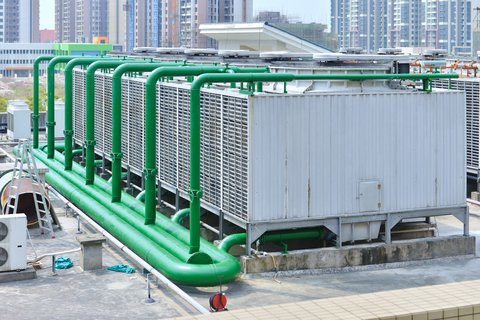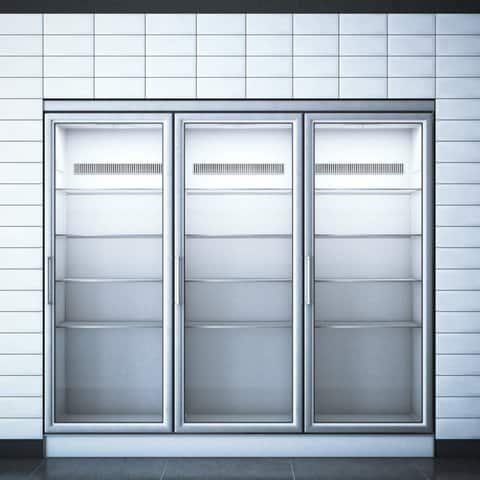When the EPA’s final rule on refrigerant management went into effect in 2016, the final phase for roll out and enforcement deadline of 2019 seemed so far away. January 1, 2019 is now just around the corner.
It’s not too early to start planning for these far-reaching changes that have the potential to affect your facility.
What are the important changes I need to know?
If you have refrigeration unit(s) with a full charge capacity of greater than or equal to 50 lbs., be aware of these leak repair provisions:
- Applicability will be extended to appliances containing non-exempt substitutes (e.g. hydrofluorocarbon (HFC) refrigerants such as R-134a, R-407C, and R-410a.)
- Allowable leak (or repair “trigger”) rates are going to be lowered:
- Comfort cooling will be lowered from 15% to 10%.
- Commercial refrigeration will be lowered from 35% to 20%.
- Industrial process refrigeration will be lowered from 35% to 30%.
- The window for follow-up verification tests will be shortened from 30 days to 10 days and the verification testing requirements will now cover all appliance types, not just industrial and federally-owned units.
- If allowable leak rates are exceeded, inspection requirements will be established. These requirements will range from quarterly to annual depending on the size of the unit and must be done by certified technicians.
- Recordkeeping requirements will be established for appliances that are considered “chronic leakers” (i.e. those that leak more than 125% of their full charge in a year).
- Current recordkeeping requirements will be expanding. Recordkeeping changes include:
- Owner/operator is responsible for maintaining all necessary records.
- Third party services must provide the owner/operator with the necessary records.
- Notifications and reports must be submitted electronically to the EPA.
Start Planning By:
- Inventorying all your onsite equipment to see how much refrigerant each piece of equipment holds. Note those larger than 50 lbs.
- Checking which refrigerants are in use and whether they are subject to additional requirements.
- Reviewing the new leak requirements and preparing for the lower trigger rates and reporting/testing requirements if your facility has units with a full charge greater than or equal to 50lbs.
- Making sure your refrigeration vendor is providing you with adequate records.
Safex Can Help
Keep Safex in mind if you need help with your preparations. We can work with your vendor to get an inventory of equipment, create a leak rate spreadsheet, summarize new requirements for your facility, help you report leaks and/or check your recordkeeping. Our EHS consultants are ready to lighten the load for you! Contact us for a proposal.


